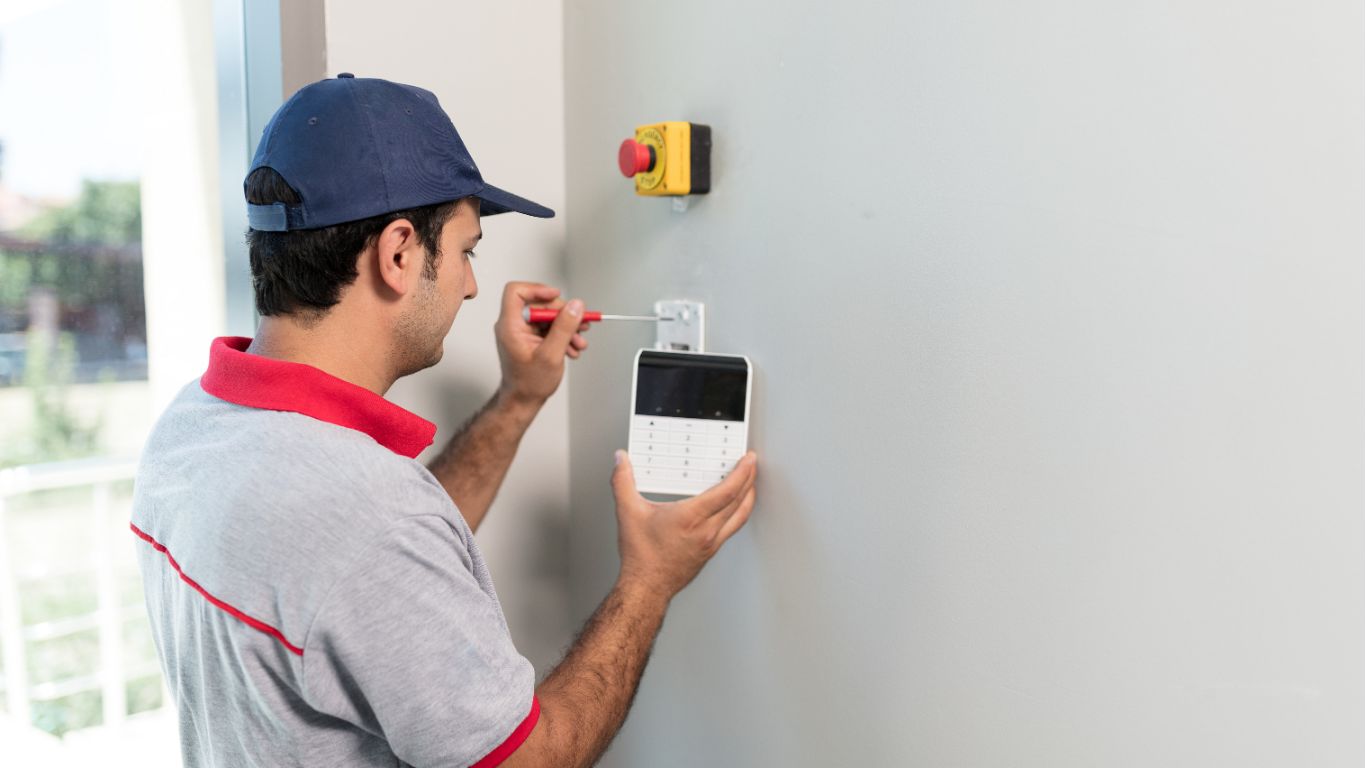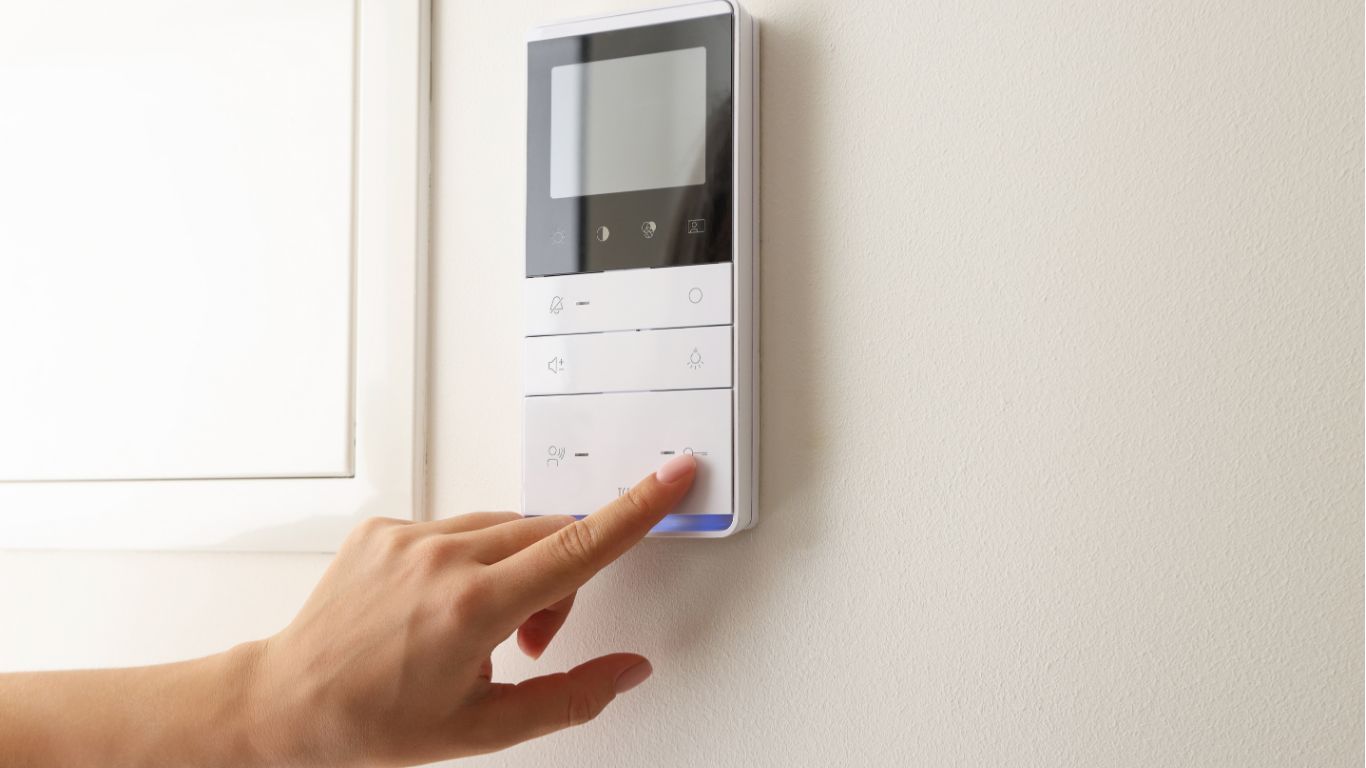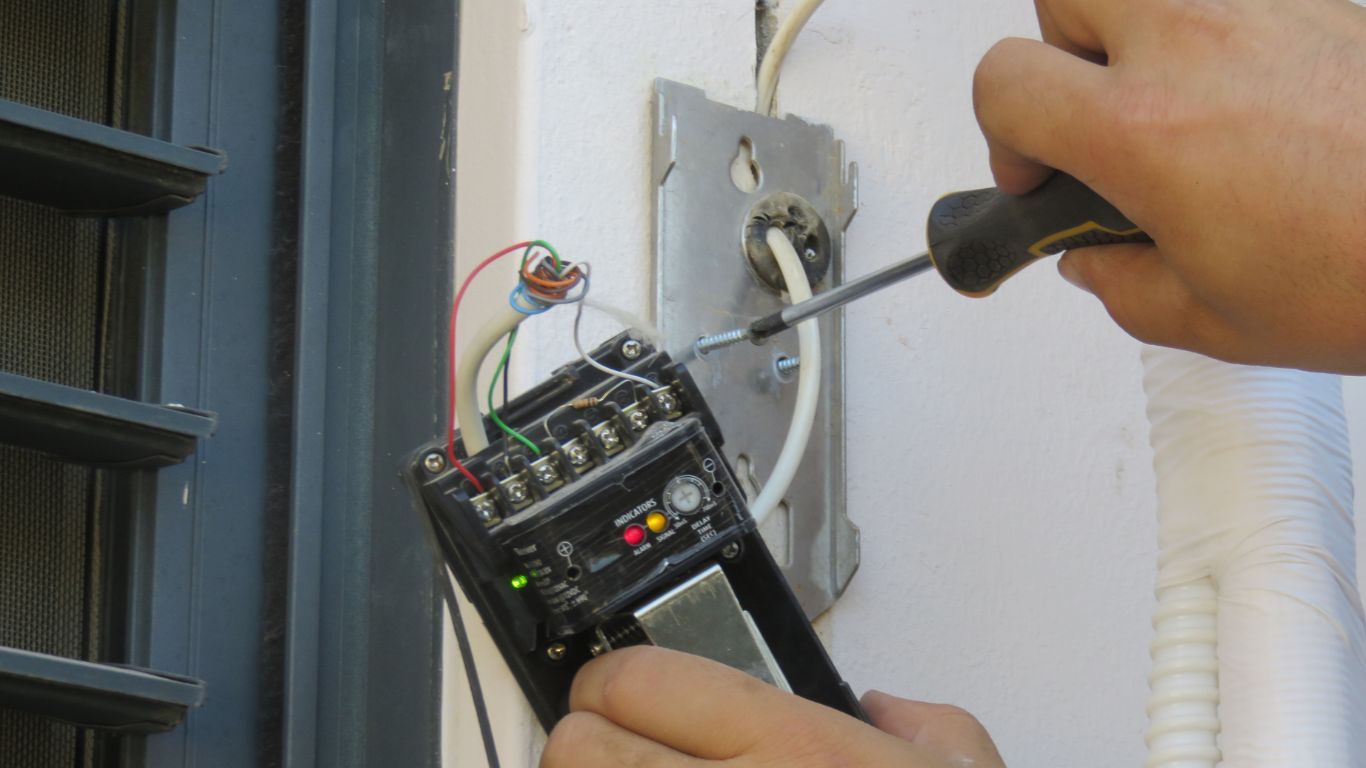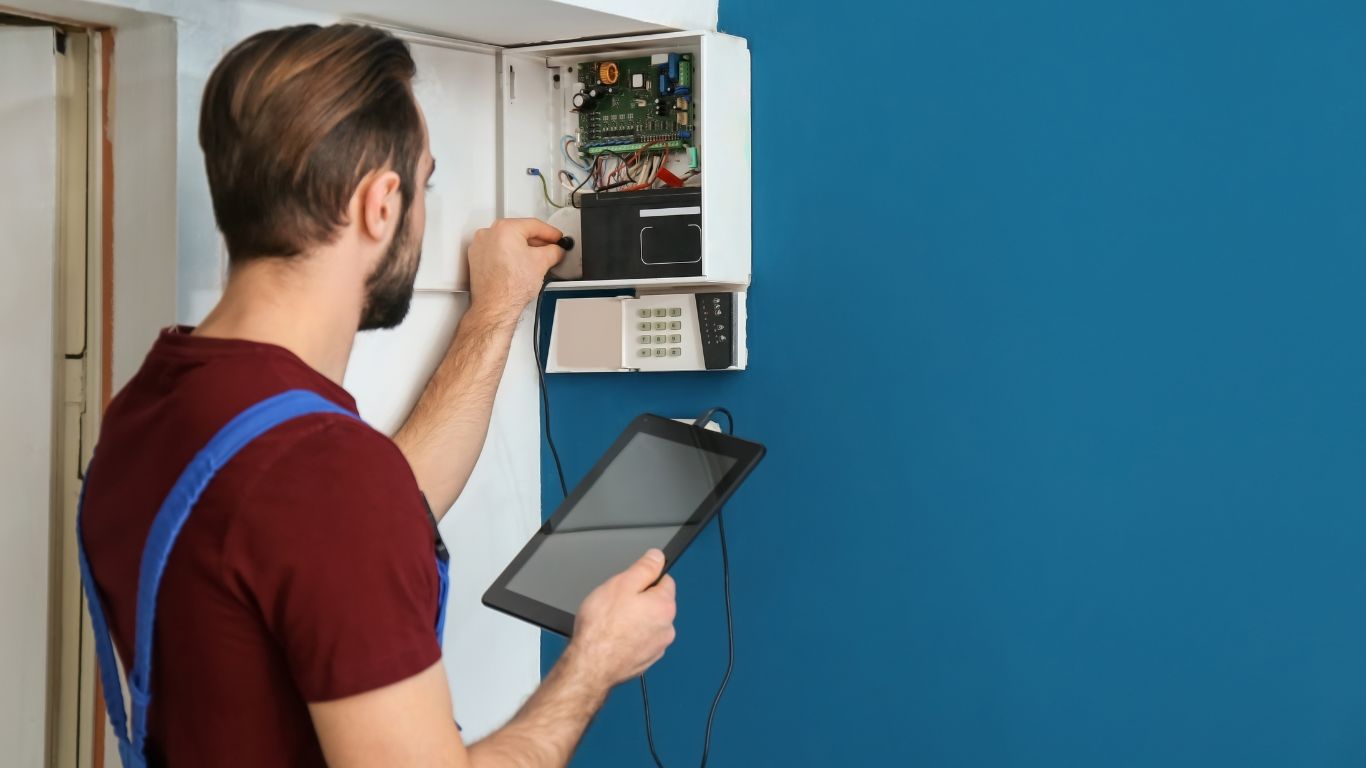How Anti-Passback Access Control Systems Prevent Credential Misuse in Commercial Properties
In commercial facilities, securing physical spaces is more complex than just locking doors. Businesses must deal with a persistent issue that undermines even the most advanced access control systems—credential misuse. This occurs when employees or visitors share access cards, bypass entry systems, or manipulate time-tracking.
One highly effective solution to this problem is Anti-Passback Access Control Systems. These systems ensure that access credentials can’t be reused inappropriately and help businesses enforce better accountability and physical security.
At EZ Switch, we specialize in custom access control solutions across Long Island and NYC—including anti-passback systems that close security gaps without complicating day-to-day operations.
Let’s break down how anti-passback systems work, who they’re for, and why they're essential to preventing unauthorized access in commercial environments.
What Is Credential Misuse and Why It’s a Problem
Credential misuse is one of the biggest threats to physical access security in commercial settings. It's often unintentional but can create major security and compliance risks. Here are some common examples:
- Sharing access cards between employees.
- “Tailgating” where one person opens the door and others follow through without scanning.
- Clocking in for someone else by sharing a card or code.
- Entering but never scanning out, leaving the system with inaccurate records.
These behaviors undermine access logs, open the door (literally) to unauthorized access, and create audit gaps—especially in regulated industries like healthcare, education, and manufacturing.
If your building uses a traditional access control system without anti-passback enforcement, it’s relatively easy for credentials to be misused—accidentally or deliberately. That’s where anti-passback systems step in.
What Is an Anti-Passback System?
Anti-passback is a rule-based system that ensures a user must exit a designated area before re-entering. In simple terms, it prevents someone from scanning into a facility, handing their card to another person, and having that second person also scan in.
Here’s how it works:
- A user scans into the building (e.g., with a card or phone).
- To regain access again, they must scan out through a designated exit.
- If they fail to scan out, the system will block re-entry, assuming credential misuse.
There are two main types of anti-passback configurations:
- Hard Anti-Passback: Strict enforcement. Users cannot re-enter until they exit.
- Soft Anti-Passback: Logs violations but allows access. Ideal for training users without disrupting operations.
These systems require readers on both sides of the entry point and can be configured to trigger alerts, lock-outs, or admin notifications.
If you're managing a high-security environment or simply want more accurate tracking, EZ Switch’s anti-passback systems offer smart, scalable options tailored to your facility’s layout.
Key Benefits of Anti-Passback Access Control
1. Stops Credential Sharing Cold
Credential sharing is difficult to prevent manually. Anti-passback systems automate enforcement. If someone scans in and tries to share their card, it won’t work for another entry without a valid exit log. This is especially useful in high-traffic or shift-based workplaces.
2. Improves Access Tracking & Audit Trails
Because users must scan in and out, the system keeps detailed records of entry and exit events. This helps with:
- Time tracking
- Emergency roll calls
- Audit trails for compliance
- Occupancy analytics
3. Reduces Unauthorized Entry
By requiring sequential access events, anti-passback eliminates scenarios where someone tailgates into a space or borrows a credential. It enhances the integrity of your entire access strategy.
4. Enhances Emergency Response Planning
Knowing exactly who is inside your building at any given time is critical in an emergency. Anti-passback systems give security teams real-time occupancy data, which aids in evacuation or lockdown procedures.
5. Supports Policy Compliance
For industries like healthcare, finance, and education, access logging is often tied to regulatory compliance. Anti-passback enforces your policies automatically and strengthens your compliance posture.
If your organization values integrity in access management, EZ Switch can design systems that reinforce those goals.
Technologies That Enable Anti-Passback
Several components work together to enable anti-passback access control. Let’s look at how these systems are built:
1. Entry and Exit Readers
You need access readers on both sides of the controlled entry point. These can include:
- RFID or proximity card readers
- Keypads
- Biometric scanners (fingerprint, face, palm)
- Mobile-based readers using NFC, Bluetooth, or QR
EZ Switch installs multi-technology readers that can support anti-passback configurations across different door types and security zones.
2. Access Control Panels & Software
The logic behind anti-passback is controlled by centralized or cloud-based access software. These platforms enforce the rules, log events, and provide visibility to administrators.
We offer both on-premise and cloud-based access control systems that allow for anti-passback enforcement and detailed reporting.
3. Time-Based Rules
Rules can be customized to prevent re-entry for a set period or until a valid exit. These are useful in workplaces with staggered shifts or rotating crews.
4. Alerts and Notifications
Administrators can receive automatic notifications if a violation occurs. The system can even trigger lockdowns or escalate to security depending on your setup.
Our team at EZ Switch designs these systems with your operational needs in mind, ensuring security doesn’t slow down productivity.
Real-World Use Cases
Anti-passback isn’t just for high-security government buildings. Here’s how we’ve seen it used in real-world Long Island and NYC commercial environments:
1. Manufacturing Facility
A Long Island manufacturing business needed a way to stop workers from sharing RFID badges during late-night shifts. We implemented anti-passback at multiple entrances and exits using card readers and biometric authentication. This eliminated misuse and allowed the HR team to track hours more accurately.
2. Private School
A Queens-based school wanted to prevent tailgating during drop-off and pick-up hours. We installed two-way card readers with soft anti-passback and enabled alert notifications. Staff were trained to follow new scan-out procedures, and within a week, parent traffic became more compliant and secure.
3. Office Building with Shared Access
A Manhattan commercial building with multiple tenants used anti-passback to secure tenant-exclusive spaces. Each company had their own access credentials, and anti-passback ensured that credentials weren’t reused or borrowed between teams.
These are just a few ways EZ Switch helps local businesses implement access strategies that work in the real world.
Challenges and Limitations to Be Aware Of
Like any security solution, anti-passback systems come with considerations. The key is working with an experienced integrator—like us—to design it correctly from day one.
1. Fire Code & Emergency Egress
Doors must comply with emergency egress regulations. Anti-passback doesn’t interfere with fire code requirements, but design considerations—such as reader placement—are important.
2. User Behavior
Some employees may forget to scan out, especially during early implementation. That’s why many clients start with soft anti-passback and escalate to hard enforcement once users are trained.
3. System Complexity
Setting up anti-passback for multiple entry points or facilities can be complex without a centralized management platform. This is why we often recommend cloud-based access control with integrated logging and policy management.
4. Technical Downtime
What happens if your system goes offline? EZ Switch configures fail-safes and local memory backups, ensuring your facility stays secure even during network interruptions.
Why Work With EZ Switch for Anti-Passback Systems
At EZ Switch, we’ve helped businesses throughout Long Island, NYC, and the greater Tri-State area strengthen their access security through tailored, scalable systems. Our team understands the complexities of deploying anti-passback access control and takes a holistic approach to your physical security strategy.
Here’s why our clients trust us:
- Full-service installation – from site survey to reader deployment.
- Custom system design – we adapt the tech to your layout and workflow.
- Compliance expertise – we align your system with regulations and industry best practices.
- Future-proof solutions – including mobile credentialing, biometrics, and cloud management.
- Responsive support – from maintenance to upgrades and emergency service.
We don’t believe in one-size-fits-all systems. Your space is unique, and your access control should be, too.
If credential sharing, audit gaps, or unauthorized entry are on your radar, it’s time to explore a smarter solution. Check out our Access Control Systems page to learn more or schedule a consultation today.
Conclusion
Credential misuse is more common—and more dangerous—than many businesses realize. Whether it’s tailgating, card sharing, or inaccurate logging, these vulnerabilities can erode security and cost your business time, money, and trust.
Anti-passback systems offer a direct, intelligent solution to this issue by enforcing scan-in/scan-out behavior and stopping unauthorized reuse of credentials. When deployed properly, these systems not only tighten security but also streamline access management, support compliance, and provide better visibility into who is on your property.
At EZ Switch, we help businesses of all sizes implement custom access control systems—including anti-passback—to create safer, smarter environments.
If you’re ready to improve your facility's access control strategy, contact us today to get started.
Leave A Comment
Search Post
Recent Posts
Share This Article








